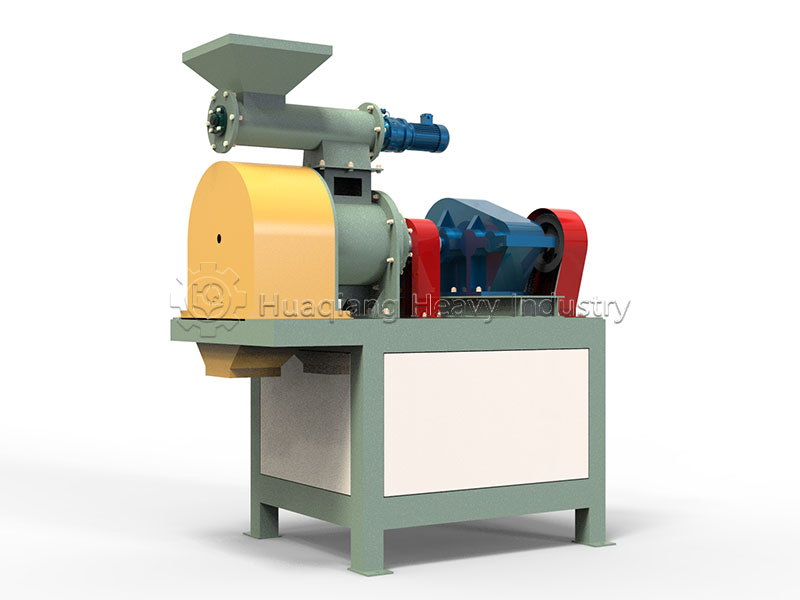In the forming stage of large-scale organic fertilizer production, ring die pelleting machines, with their dual advantages of “extrusion granulation + nutrient lock-in,” have become key equipment connecting organic substrates and practical fertilizers, transforming loose, well-rotted materials into high-quality organic fertilizer with uniform granules and stable fertilizer effects.
The core working principle of the ring die pelleting machine is ingenious: the core ring die and built-in pressure rollers form an extrusion combination. When the well-rotted organic material enters the cavity, the high-speed rotation of the pressure rollers forcibly squeezes the material through the fine die holes on the ring die. During the extrusion process, the material agglomerates and forms due to the viscosity of its organic matter and physical pressure. After exiting the die holes, it is cut by a cutter to form uniformly long columnar granules.

The advantages of ring die pelleting machines are particularly prominent. Its high granulation rate and density solve the problems of loose, easily scattered organic fertilizer granules and significant transportation losses. The dense granular structure slows down nutrient volatilization, prolonging the fertilizer release cycle and allowing crops to absorb nutrients for a longer period. Simultaneously, the equipment is highly adaptable, capable of handling both high-humidity organic substrates and composite organic materials with added micronutrients, meeting diverse fertilizer production needs.
In the complete organic fertilizer production process, the ring die pelleting machine undertakes the crucial shaping stage after fermentation and crushing. This “physical shaping without compromising fertilizer efficacy” process ensures that organic fertilizers both preserve their ecological core and possess practical value for large-scale application.


